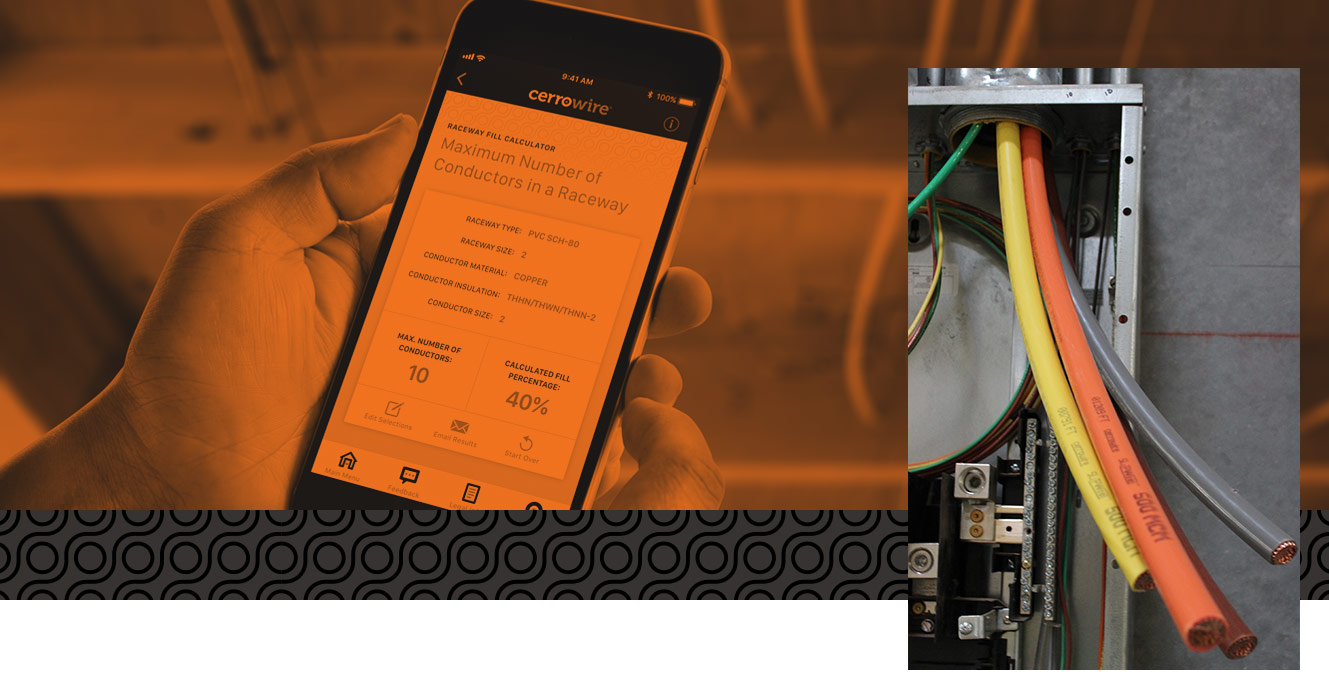I should be picking up my LR M3 in the next 2 weeks. I am getting my charging setup ready and wanted to see what everyone thinks. Please point out weak points or anything I should do differently.
I do not have a garage so this setup will be outdoor year-round in Detroit, MI weather. I currently have a 240V outlet on the side of the house near the driveway that was used by the previous homeowner to plug in large equipment and I believe his RV. My plan is to swap out that outlet for a Nema 14-50 and use the mobile connector for my daily charging. The wire running from my electrical panel to the outlet is 8 Gauge Aluminum wire. My current plan is as follows.
- Swap out the current 30amp breaker for a 40amp ( will be pulling max 32 amps for mobile connector )
- Swap out the existing outlet for a Nema 14-50 in an outdoor enclosure
- Eventually, add a waterproof box next to or below the outdoor plug to store the body of the charger during the winter months.
- Should I tail off the aluminum wire with copper using a Polaris connector ( or similar ) for a better connection to the outlet?
- I am finding many different Nema 14-50 outlets online labeled as "Commercial or industrial grade" some seem too cheap to be of good quality.
- I am between the Eaton Cooper 5754N and the Hubbel HBL9450. The Hubbel says it can only be used with copper ( why i was considering the copper tail ) wiring and I cannot find that info for the Eaton so I am currently stuck on this decision right now. I do know I do not want a low-quality outlet that I will have to worry about causing issues. I do not plan to take the mobile connector with me often but probably a handful of times throughout the year when visiting family.
Thanks,
Adam
I do not have a garage so this setup will be outdoor year-round in Detroit, MI weather. I currently have a 240V outlet on the side of the house near the driveway that was used by the previous homeowner to plug in large equipment and I believe his RV. My plan is to swap out that outlet for a Nema 14-50 and use the mobile connector for my daily charging. The wire running from my electrical panel to the outlet is 8 Gauge Aluminum wire. My current plan is as follows.
- Swap out the current 30amp breaker for a 40amp ( will be pulling max 32 amps for mobile connector )
- Swap out the existing outlet for a Nema 14-50 in an outdoor enclosure
- Eventually, add a waterproof box next to or below the outdoor plug to store the body of the charger during the winter months.
- Should I tail off the aluminum wire with copper using a Polaris connector ( or similar ) for a better connection to the outlet?
- I am finding many different Nema 14-50 outlets online labeled as "Commercial or industrial grade" some seem too cheap to be of good quality.
- I am between the Eaton Cooper 5754N and the Hubbel HBL9450. The Hubbel says it can only be used with copper ( why i was considering the copper tail ) wiring and I cannot find that info for the Eaton so I am currently stuck on this decision right now. I do know I do not want a low-quality outlet that I will have to worry about causing issues. I do not plan to take the mobile connector with me often but probably a handful of times throughout the year when visiting family.
Thanks,
Adam



